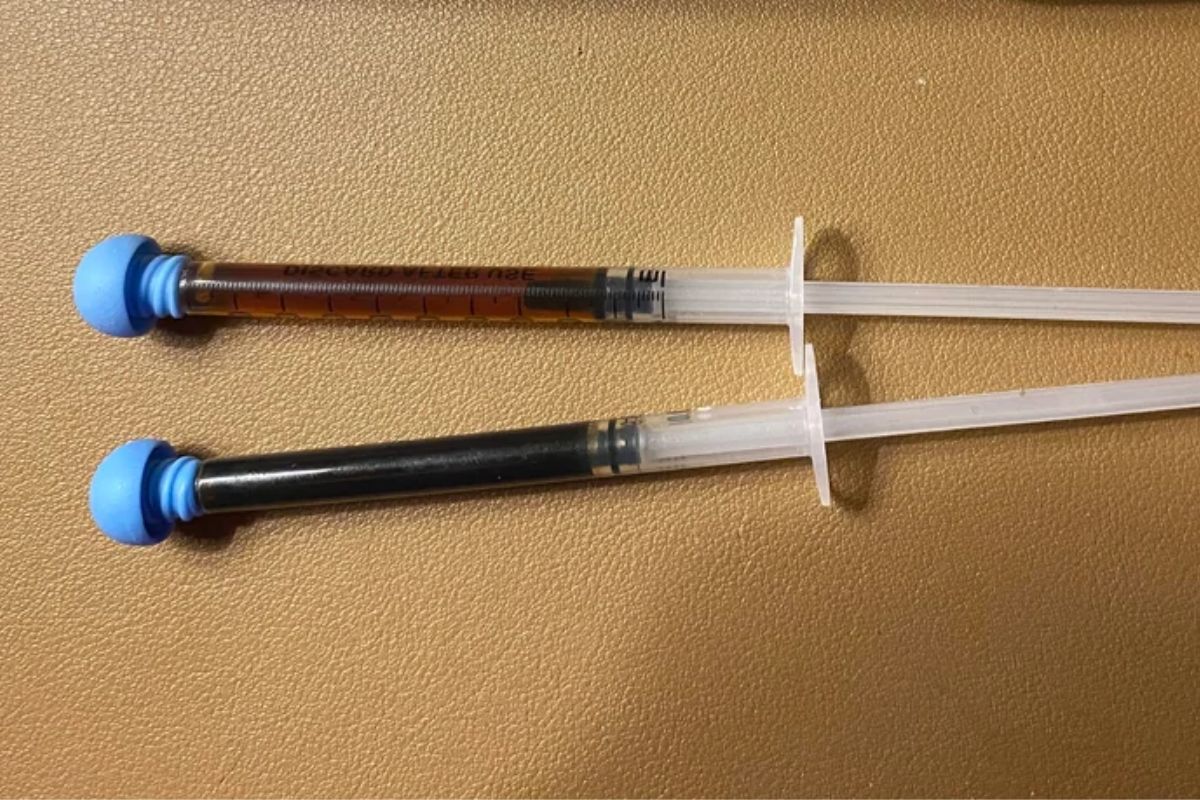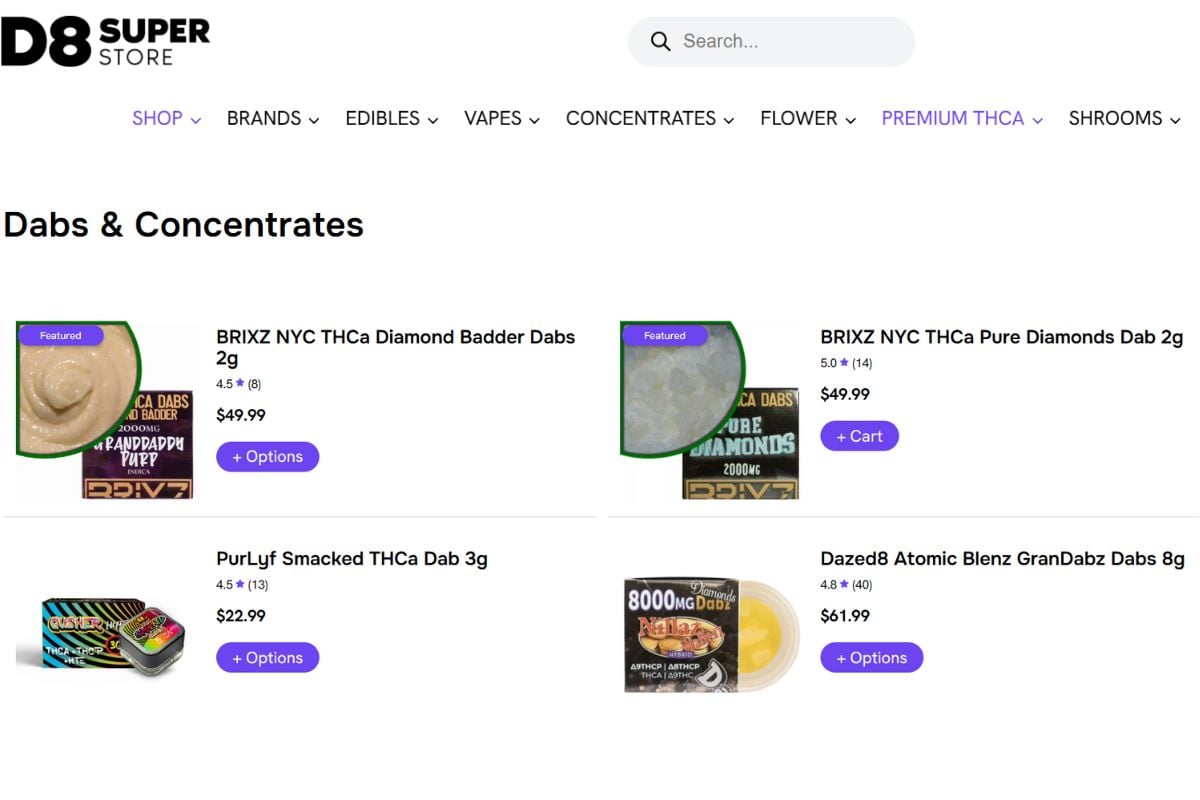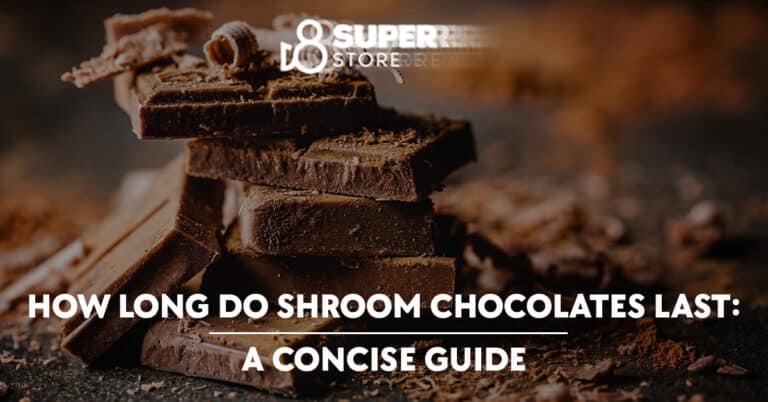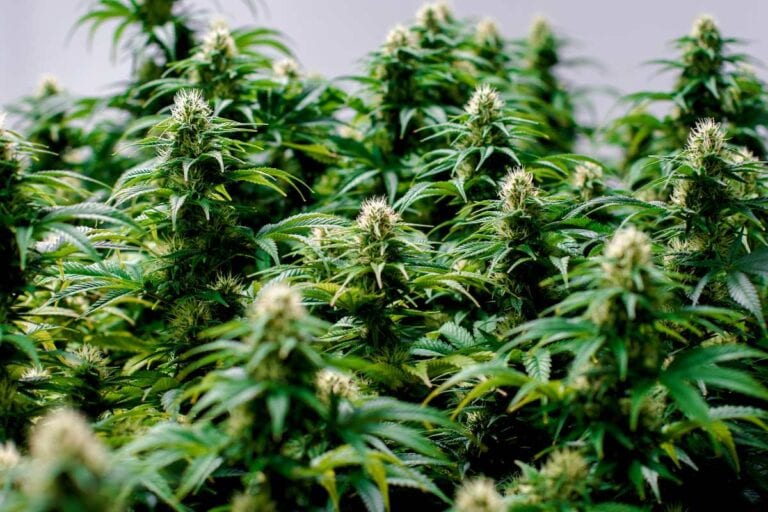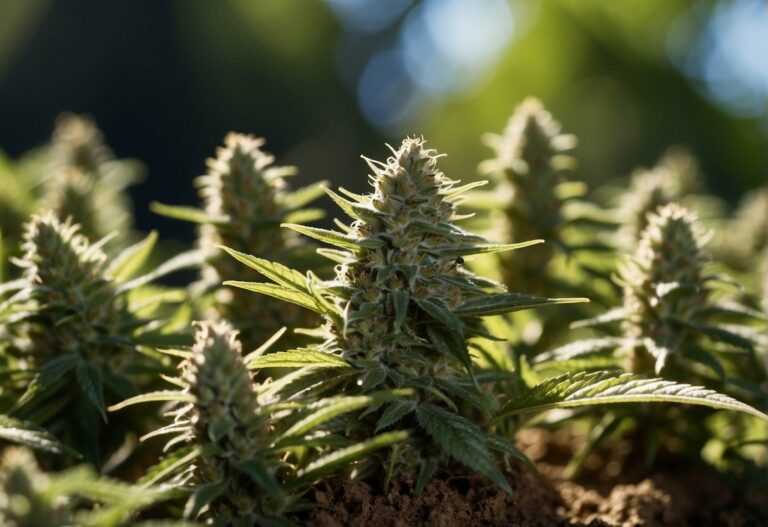Can You Dab RSO? Exploring the Pros and Cons of This Method
Introduction to Rick Simpson Oil (RSO)
Rick Simpson Oil, commonly known as RSO, is a highly concentrated cannabis extract that has gained popularity for its potent therapeutic benefits and effects, making rick simpson oil a notable product in cannabis medicine. It is named after Rick Simpson, a Canadian cannabis activist who promoted its use primarily for medical conditions like skin cancer. Unlike other cannabis extracts, RSO is a full-spectrum oil, meaning it contains a wide variety of cannabinoids, terpenes, and other compounds found naturally in the cannabis plant.
- Introduction to Rick Simpson Oil (RSO)
- What is Dabbing RSO?
- Why is RSO Not Ideal for Dabbing?
- Risks of Dabbing RSO
- Safer Alternatives to Dabbing RSO
- How to Use RSO Orally
- Topical Use of RSO: Benefits and Application
- What Makes RSO Full-Spectrum?
- The Entourage Effect and RSO
- How Does RSO Compare to Other Cannabis Concentrates?
- Can RSO be Used in Edibles?
- Medical Applications of RSO
- Precautions for Medical Marijuana Patients
- Extraction Process: How RSO is Made
- Residual Solvent Concerns in RSO
- The Popularity of RSO and Rick Simpson's Legacy
- Cannabis Oil vs. RSO: Key Differences
- Dabbing vs. Oral or Topical Use: Which is Better for RSO?
- Final Thoughts on Dabbing RSO
- Conclusion: Is RSO Right for You?
- Frequently Asked Questions (FAQ) About Dabbing RSO
RSO is typically thick and tar-like due to its sticky consistency and solvent-based extraction method, often using grain alcohol. This unique consistency and composition, which includes cannabinoids and terpenes, make it different from other cannabis concentrates commonly dabbed or vaped.
What is Dabbing RSO?

Dabbing refers to vaporizing cannabis concentrates at high temperatures using a dab rig, e-nail, or similar device. Many users enjoy dabbing because it delivers potent and immediate effects. However, dabbing RSO specifically raises the question: can you dab rso? It is quite different from dabbing typical cannabis concentrates like wax, shatter, or live resin.
RSO’s sticky, viscous texture makes it difficult to handle and vaporize cleanly. Additionally, RSO may contain residual solvents from its extraction process, which could pose health risks if inhaled due to its high potency. For these reasons, dabbing RSO, a potent product, is generally not recommended by experts.
Why is RSO Not Ideal for Dabbing?
RSO is designed primarily for oral or topical use, not inhalation through dabbing. Its high viscosity, often compared to sticky tar, can cause it to burn unevenly, creating harsh or unpleasant vapor. The risk of inhaling residual solvents is another major concern, as improper extraction or purification could leave harmful chemical compounds in the product.
Furthermore, RSO’s high potency is very high, which can increase the chances of adverse reactions, overshadowing its potential medicinal benefits especially for novice users or those with lower tolerance.
Risks of Dabbing RSO
| Risk | Explanation |
|---|
| Inhalation of Impurities | RSO often contains chlorophyll, lipids, and plant waxes not meant for inhalation. |
| Potential Solvent Residue | If not properly purged, RSO may contain traces of ethanol or other solvents. |
| Lung Irritation | Burning unrefined plant materials can irritate the lungs and respiratory tract. |
| Harsh Taste and Smoke | Dabbing RSO can produce thick, bitter smoke that’s difficult to inhale. |
| Inconsistent Potency | Homemade or low-quality RSO may vary in strength, leading to accidental overuse. |
| Sticky and Hard to Handle | Its tar-like texture makes it difficult to load or vaporize evenly. |
| Not Designed for Inhalation | RSO is intended for oral or topical use, not for high-temperature consumption. |
Dabbing RSO can present several health and safety risks, despite its potent effects.
- Residual Solvents: Solvent residues may remain if the extraction process is not thorough.
- Potency: The high THC concentration may cause extreme intoxication, anxiety, or dizziness.
- Inhalation Hazards: Burning thick oil can release harmful byproducts.
- User Experience: RSO’s sticky texture is hard to vaporize evenly, leading to inconsistent effects.
Due to these risks, healthcare professionals generally advise caution when considering RSO for dabbing.
Safer Alternatives to Dabbing RSO
If you want to benefit from RSO’s therapeutic effects, safer methods include:
- Oral Consumption: Taking RSO by mouth, either directly or mixed into food.
- Topical Application: Applying RSO to the skin for localized relief.
- Capsules and Edibles: Pre-measured doses for discreet and controlled intake.
These methods avoid the inhalation risks and offer more manageable dosing options.
How to Use RSO Orally
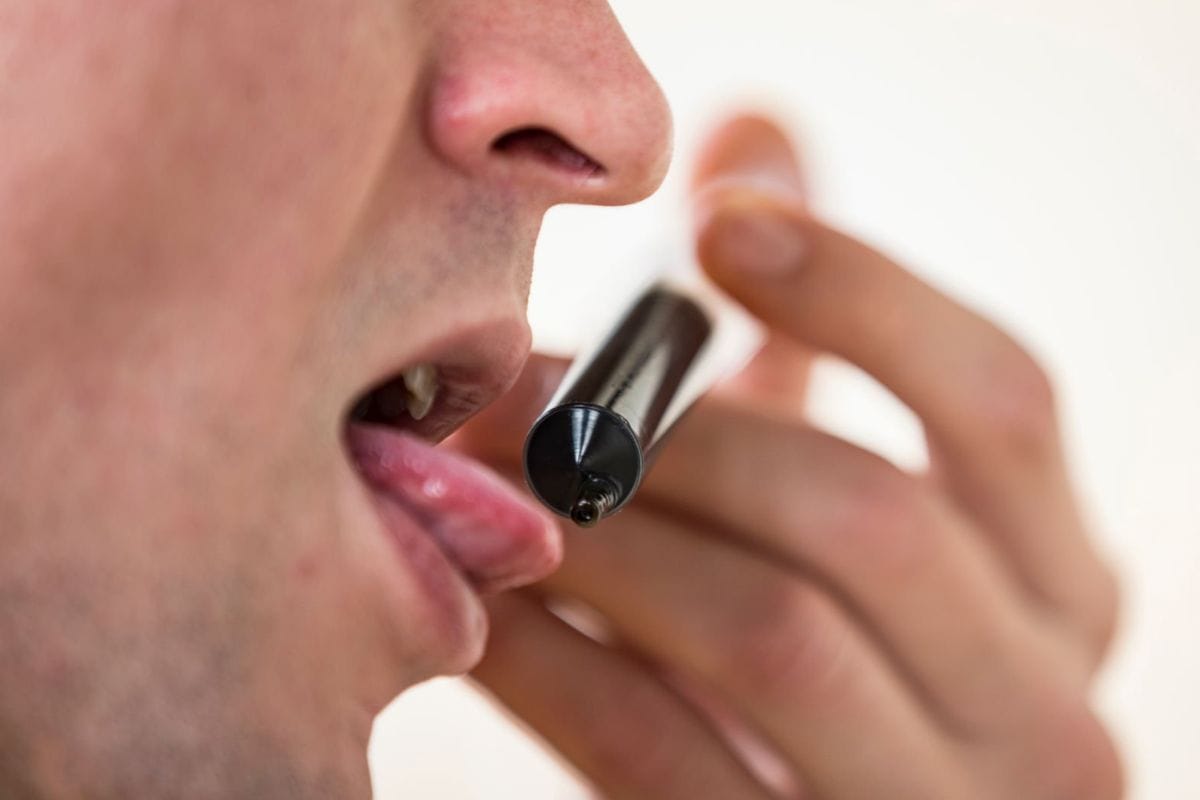
When consuming RSO orally, start with a very small dose due to its potency. Many users place a tiny dose under the tongue or swallow it with food. Mixing RSO with honey, yogurt, or a carrier oil can help mask its strong taste and improve absorption.
It’s important to increase the dose gradually while monitoring your body’s response to avoid unwanted side effects.
Topical Use of RSO: Benefits and Application
RSO applied topically can provide targeted relief from various symptoms and target specific areas such as skin lesions, muscle pain, or inflammation. The cannabinoids in RSO may interact with skin receptors to provide localized relief without psychoactive effects. To apply topically, dab a small amount on the affected area and gently rub it in. Avoid open wounds or broken skin unless advised by a healthcare professional.
What Makes RSO Full-Spectrum?
RSO’s full-spectrum nature means it retains many cannabis plant compounds, including:
- THC (tetrahydrocannabinol)
- CBD (cannabidiol)
- Minor cannabinoids (CBG, CBC, etc.)
- Terpenes (aromatic oils)
This complex composition may contribute to its overall therapeutic profile, offering benefits beyond isolated THC or CBD products.
The Entourage Effect and RSO
| Aspect | Details |
|---|---|
| What Is the Entourage Effect? | The synergistic interaction between cannabinoids, terpenes, and other plant compounds to enhance therapeutic effects. |
| RSO Composition | Full-spectrum extract containing THC, CBD, minor cannabinoids, terpenes, flavonoids, and plant waxes. |
| How RSO Promotes the Effect | Includes a wide range of cannabis compounds, allowing for stronger synergy and holistic benefits. |
| Key Cannabinoids in RSO | Typically high in THC, with some CBD, CBG, and other minor cannabinoids. |
| Terpene Role in RSO | Terpenes may survive the extraction process, contributing to both flavor and effect. |
| Potential Benefits | Enhanced pain relief, anti-inflammatory effects, cancer support, sleep aid, and reduced anxiety. |
| Common Uses of RSO | Oral or topical application for chronic pain, cancer-related symptoms, epilepsy, and more. |
| Why It Matters | The entourage effect may make RSO more effective than isolates or single-compound extracts. |
The entourage effect is the synergistic interaction between cannabis compounds that may enhance the overall therapeutic experience. RSO’s full-spectrum profile is believed to promote this effect, which could explain the potential benefits and why many users report better results compared to using isolated cannabinoids.
More scientific research is needed, but anecdotal evidence supports the importance of full-spectrum extracts like RSO.
How Does RSO Compare to Other Cannabis Concentrates?
Compared to other concentrates like distillates, shatter, or live resin:
- RSO is less refined and contains a broader range of compounds.
- Distillates offer a cleaner, more potent THC experience but lack other cannabinoids.
- Live resin retains fresh terpene profiles and is great for dabbing but may have less potency than RSO.
Choosing between these depends on your goals, desired effects, and consumption preferences.
Can RSO be Used in Edibles?
Yes, RSO, a type of cannabis oil, can be infused into homemade edibles such as brownies or gummies. Because it’s a concentrated oil, dosing must be done carefully to avoid overconsumption. Homemade RSO edibles allow for discreet use and longer-lasting effects compared to smoking or dabbing.
Medical Applications of RSO
RSO has been used by patients for various conditions including:
- Chronic pain management
- Cancer treatment support
- Inflammation reduction
- Anxiety relief
Though scientific evidence is still limited, many users and advocates credit RSO with notable benefits.
Precautions for Medical Marijuana Patients

Patients should consult healthcare providers before using RSO, especially if combining with other medications. Start with low doses, monitor reactions, and avoid dabbing due to potential safety concerns.
Extraction Process: How RSO is Made
RSO is typically produced by soaking cannabis plant material in a solvent such as grain alcohol, which dissolves cannabinoids and terpenes. The solvent is then evaporated to leave a thick, tar-like oil. Because this process uses solvents, ensuring the product is properly purged of chemicals is critical for safety.
Residual Solvent Concerns in RSO
Improperly made RSO may contain harmful solvent residues, which can be dangerous if inhaled or ingested in large amounts. Certified lab testing is recommended to confirm product purity. This risk is one reason dabbing RSO is discouraged, as inhalation may introduce residual chemicals directly to the lungs.
The Popularity of RSO and Rick Simpson’s Legacy
Rick Simpson’s story brought widespread attention to RSO’s potential. His advocacy helped change perceptions about cannabis medicine and inspired many patients to explore cannabis treatments. Despite skepticism from some in the medical community, RSO remains a widely recognized cannabis product.
Cannabis Oil vs. RSO: Key Differences
| Feature | Cannabis Oil | RSO (Rick Simpson Oil) |
|---|---|---|
| Full Name | Cannabis Oil | Rick Simpson Oil |
| Appearance | Light to medium golden oil | Thick, dark, tar-like substance |
| Main Use | Wellness, mild relief, or recreational | Potent medical use, especially for chronic illnesses |
| THC Content | Varies — can be high-THC, high-CBD, or balanced | Typically very high in THC (up to 90%) |
| CBD Content | Often includes higher CBD levels | Usually very low CBD |
| Extraction Method | CO₂ or ethanol-based (refined) | Typically extracted using ethanol (less refined) |
| Formulation | May be full-spectrum, broad-spectrum, or isolate | Always full-spectrum (contains all plant compounds) |
| Taste & Smell | Mild, clean taste and aroma | Strong, earthy, bitter flavor and odor |
| Use Method | Oral drops, capsules, topicals | Oral (drop under tongue), topical |
| Psychoactive Effect | Depends on THC content | Strongly psychoactive due to high THC |
| Medical Applications | General wellness, anxiety, pain relief | Cancer treatment support, chronic pain, severe conditions |
| Availability | Widely available in dispensaries and wellness shops | Less commonly found; often homemade or in medical programs |
Cannabis oil is a broad term that includes many products, ranging from pure THC distillates to full-spectrum extracts. RSO is a specific type of cannabis extract, a cannabis oil with:
- Full-spectrum composition
- Solvent-based extraction using alcohol
- A thick, tar-like consistency
Understanding these differences helps consumers choose the right product for their needs.
Dabbing vs. Oral or Topical Use: Which is Better for RSO?
While dabbing is effective for some concentrates, oral and topical methods are generally safer and more practical for RSO. Oral and topical routes offer controlled dosing and avoid inhalation risks. Choosing the right consumption method depends on personal preferences, desired effects, and health considerations.
Final Thoughts on Dabbing RSO
Dabbing RSO is generally not recommended due to safety concerns and handling difficulties, especially considering its therapeutic benefits. Safer, more effective methods include oral ingestion and topical application to ensure the final product is safe for consump. As with any cannabis product, users should prioritize safety, start with low doses, and consult medical professionals if necessary.
Conclusion: Is RSO Right for You?
RSO offers unique full-spectrum benefits and extremely potent therapeutic effects, making it popular among medical cannabis users. While dabbing this extract is discouraged, alternative consumption methods such as ingestion allow users to safely access its benefits. Ongoing research and product innovation will help clarify RSO’s role in cannabis therapy, but for now, safety and informed use remain paramount.
Frequently Asked Questions (FAQ) About Dabbing RSO
1. Can you dab Rick Simpson Oil (RSO)?
Dabbing RSO is generally not recommended due to its sticky texture and potential for residual solvents. RSO is best consumed orally or applied topically for safer and more effective use.
2. What are the risks of dabbing RSO?
Dabbing RSO can expose users to harmful residual solvents, uneven vaporization, and extreme potency that may cause adverse reactions like anxiety or dizziness, especially for inexperienced users.
3. How should I consume RSO safely?
The safest ways to use RSO include oral consumption—either on its own or mixed with food—and topical application to targeted areas of the skin. Starting with a low dose is important to avoid side effects.
4. What is the entourage effect in RSO?
The entourage effect occurs when multiple cannabis compounds in full-spectrum extracts like RSO work together synergistically, potentially enhancing therapeutic benefits beyond isolated cannabinoids.
5. How is RSO different from other cannabis oils?
RSO is a full-spectrum cannabis oil made using a solvent-based extraction process, resulting in a thick, tar-like oil containing a wide range of cannabinoids and terpenes, unlike purified THC distillates or isolated oils.
6. Can RSO be used in edibles?
Yes, RSO can be infused into homemade edibles, but careful dosing is essential because of its high potency. Edibles provide a discreet and long-lasting way to consume RSO.
7. Should medical patients use RSO?
Medical marijuana patients should consult healthcare providers before using RSO, especially to discuss dosing and possible interactions with other treatments. Oral and topical uses are typically safer than dabbing for medical purposes.

